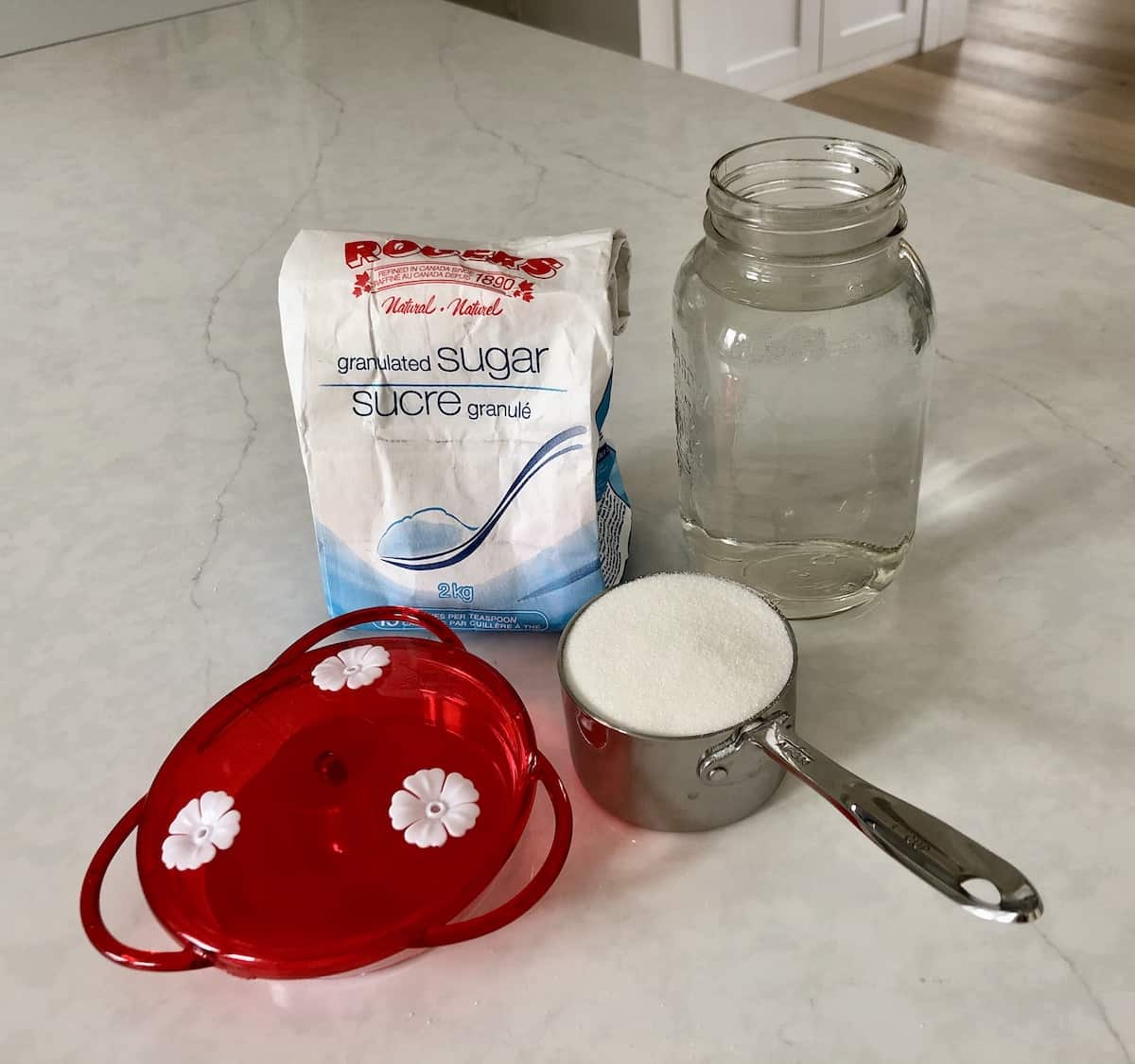


Conditions are easier for bacteria to grow in hot direct sunlight.

Keeping hummingbird feeders in the shade prevents the spread of diseases and slows the fermentation process.įeeder maintenance is imperative for sustaining healthy hummingbirds and their environments. Provide adequate number of feeders for the number of hummingbirds visiting the feeders.Purchase feeders that have a wider mouth and completely disassemble for easy cleaning.Use 1 to 4 sugar to water ratio for homemade nectar.Clean your hummingbird feeders frequently.How do you keep hummingbird nectar from molding? Feeder maintenance is imperative for sustaining healthy ecosystems for hummingbirds. Let the hummingbird feeder components soak in the hydrogen peroxide or vinegar solution before scrubbing with a bottle brush for thorough cleaning and optimal results until the black mold is completely removed from the feeder.Ĭompleting these steps will eliminate black mold that builds up in or around the feeder preventing re-contamination. These guards are added to the flower or opening that is attached to the feeder to prevent bees accessing the nectar. Hydrogen peroxide or white vinegar does not leave behind warm soapy residue that can cause harm and is a better alternative for cleaning black mold from your hummingbird feeder.īlack mold and fungus can easily build up in the flower attachments on regular hummingbird feeders as well as from using the standard size yellow bee guards. Do not use warm soapy water to clean your hummingbird feeders. Use different size bottle brushes to reach and clean difficult places. To get rid of black mold on a hummingbird feeder, soak and scrub the feeder by using a diluted solution ratio of 2 parts water to 1 part hydrogen peroxide or white vinegar. How do I get rid of black mold on my hummingbird feeder? It is important to purchase hummingbird feeders that completely disassembles for cleaning. Once a hummingbird feeder is infected it will require aggressive cleaning of all components of the hummingbird feeder. The end result is the hummingbird starves to death.Ĭandida found on hummingbird feeders is the result of nectar fermentation or nectar contamination from an infected hummingbird feeding at that feeder. See my article: Forget Commercial Hummingbird Food Try Making Homemade Nectar Is black mold harmful to hummingbirds?Ĭandida, the most common black mold found on hummingbird feeders, will infect a hummingbird’s tongue causing the tongue to swell, over a period of days, to the point of not allowing the hummingbird to consume nectar.
#HUMMINGBIRD FOOD RATIO HOW TO#
See my article: How to Help Hummingbirds in Hot Weather The initial contamination may come from fermentation or an introduction of the mold to the feeder by an already infected hummingbird feeding from the feeder.Īs a general rule of thumb, if the hummingbird feeder is in moderate temperatures and placed in the shade, filling the hummingbird feeders with fresh homemade nectar regularly every 3- 5 days, should keep black mold at bay. Leaving hummingbird feeders unattended in extremely hot weather or in direct sunlight for over a day is a mistake that can easily cause rapid growth of black mold in the hummingbird feeder. Homemade nectar that is too sweet and placed in the sun can result in increasing the fermentation process causing accelerated reproduction of black mold. Hot weather creates the perfect environment for bacteria and black mold growth therefore, properly cleaning your hummingbird feeders that have a wide base is extremely important in order to not transfer diseases or harm your hummingbirds. Observing this frequent occurrence, especially during the hot summers, I realized how problematic this black mold is and wondered what are safe remedies to keep my hummingbird feeders clean.
#HUMMINGBIRD FOOD RATIO FULL#
This happens more quickly when the feeder is left in direct full sun exposure. If black mold is seen on a hummingbird feeder it is most likely Candida, a potentially lethal pathogen for hummingbirds causing a prolonged and cruel death.Īs the seasons change and the weather gets warmer, hummingbird enthusiasts may encounter black mold build up in the body of their feeders, flower attachments and bee guards. There is no mold species called “black mold”. The black stuff on a hummingbird feeder is probably mold. What is the black stuff on my hummingbird feeder?


 0 kommentar(er)
0 kommentar(er)
